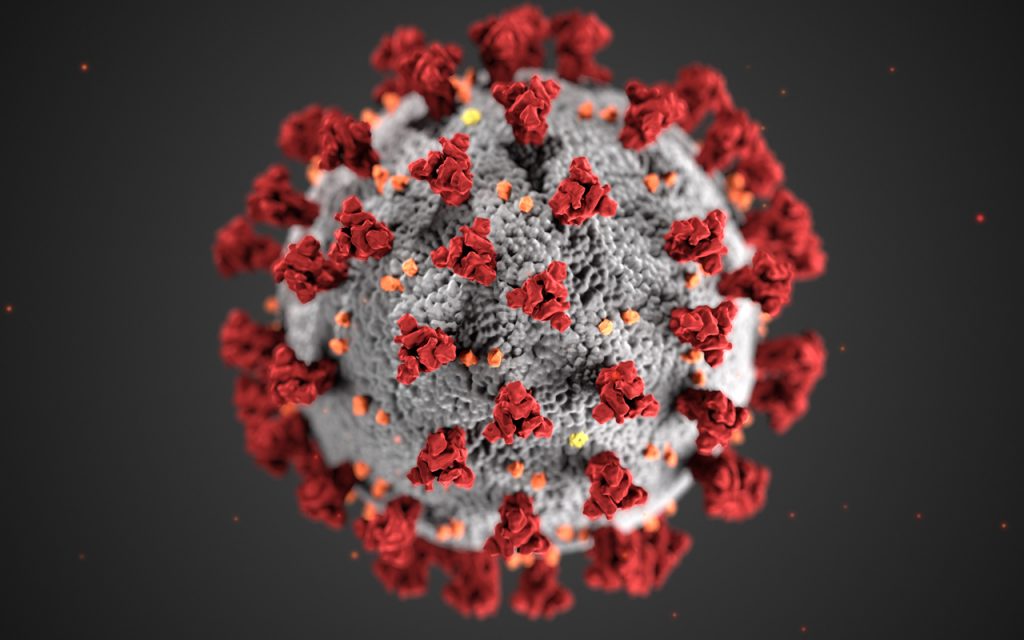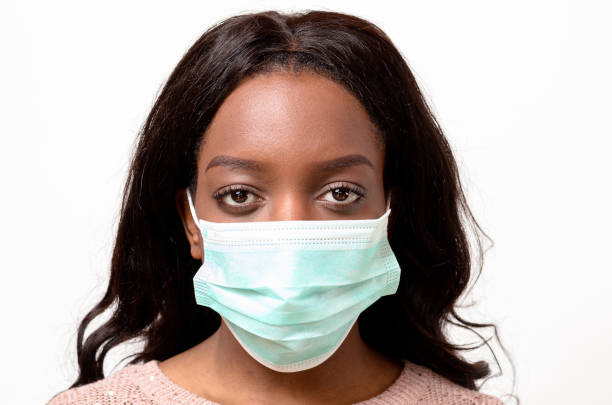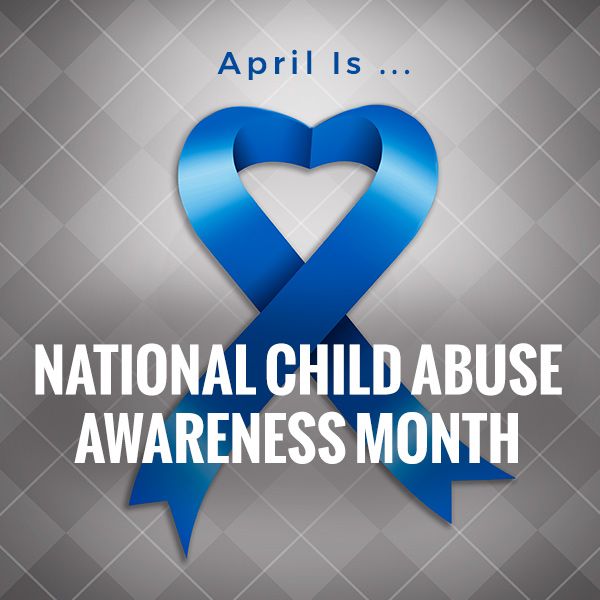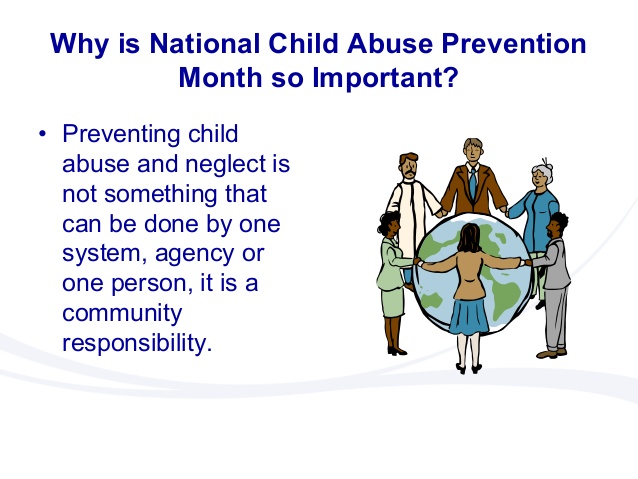Introduction
Before looking at the rationale against the use of hydroxychloroquine and azithromycin to treat COVID-19, think about what’s being asked here. There are two option. The first is you’re potentially asking for a patient requiring critical care to benefit from a miracle cure. The second is you’re asking for an antiparasitic medication with a dangerous side effect profile to work in preventing the spread of an especially virulent virus in patients who mostly recover on their own. It’s as if the cards were stacked at the beginning of the conversation. In case you haven’t done so, review the previous post on the rationale for using hydroxychloroquine and azithromycin.
There’s a difference between hope and false hope. To quote Dr. Fauci’s comments on physicians and persons endorsing this combination without evidence, “We don’t operate on how you feel. We operate on what evidence is, and data is…we’ve got to be careful that we don’t make that majestic leap to assume that this is a knockout drug.”
Meanwhile, President Donald Trump, in his self-described capacity as a cheerleader, has notably encouraged using these drugs, saying “What do you have to lose?” Well, physician don’t operate that cavalierly with your lives. We operate under the mantra “Do No Harm.” Let use these opposing premises as the starting point for a review of the arguments against the proposed uses of hydroxychloroquine in treating COVID-19.
The Research
There really are four topics that constitute the arguments (“evidence” if you will) for use of hydroxychloroquine in treating COVID-19. Let’s review them.
Small studies performed on laboratory cell cultures
A Chinese study demonstrated that hydroxychloroquine prevented proliferation of the COVID-19 in a lab setting. Anyone who has ever taken a high school science course should recall the difference between in vitro and in vivo. What happens in a petri dish is a long way away from having the same effect on and having benefits in living beings. Furthermore, efforts specifically meant to replicate the lab (in vitro) success have not been successful. Per the academic journal Antiviral Research: “Chloroquine has been proposed several times for the treatment of acute viral diseases in humans without success.” Simply put, the drug has shown no benefit when tested on any animal in clinical studies.
Comments of Chinese Health Officials
Chinese health officials assert “chloroquine might improve the success rate of treatment, shorten hospital stay and improve patient outcome.” That sounds good, but this Chinese consensus statement provided no data to support the assertion. For example, one such paper was titled “Breakthrough: Chloroquine phosphate has shown apparent efficacy in treatment of COVID-19 associated pneumonia in clinical studies.” It cites as its primary source an audio recording of a news briefing from the State Council of China. That’s propaganda, not science.
The French Study
A single French study that suggested the combination of hydroxychloroquine and azithromycin was effective against COVID-19. (This is the study Trump references in his tweets.) The study’s conclusion states “hydroxychloroquine is efficient in clearing viral nasopharyngeal carriage of [the novel coronavirus] in COVID-19 patients in only three to six days, in most patients.”
This paper has been criticized widely. Here are some of the cited concerns.
The study contained 20 people, thus lacking the statistic power to make extrapolations of the data that supporters have made. Also, this study was published without underground the peer review process that subjects these things to medical scrutiny.
This was not a double-blinded study. The doctors and the patients were aware of patients’ group status within the study. This is a failure by itself. Also, only a quarter of the placebo patients actually had their viral load measured! So how was the conclusion of reducing nasopharyngeal COVID-19 quantified? By the way, even if “clearing of the virus” occurred, that doesn’t necessary equate to “better clinical outcomes.” There is no suggestion one set of individuals fared better than the other.
Furthermore, six (a pretty substantial proportion) of the patients from the group who had been receiving the drug quit the trial. Three of them ended up in intensive care. One died. These likely were failures of the drug to work against the virus, but this data wasn’t considered or reported as such in the results.
Dr. Vladamir Zelenko’s 699 Patients
Many are enamored with Dr. Vladamir Zelenko’s claims that he has treated 699 patients successfully with hydroxychloroquine and azithromycin (with zinc). Here’s all you need to know to analyze his efforts. Zelenko’s claims are exactly that: claims. He has published no data. He has described no study design. There has been no analysis reported. His anecdotes are not close to being scientific proof.
Pushback
In fact, there has been an actual controlled clinical trial from China that showed no statistical differences in health outcomes between a control group and patients who received hydroxychloroquine after seven days. However, because of its small size, it also can not be deemed conclusive.
Still, and in case you didn’t know, the preponderance of evidence (or lack thereof) has compelled the Centers for Disease Control and Prevention to pull back its guidance for hydroxychloroquine usage for COVID-19. It no longer offers recommendations for its dosage. Also, the CDC has also deleted all information on those aforementioned early studies of the drug from its website. Its “off-label” use for emergencies is left to the discretion of individual physicians. It is of note that multiple prominent institutions, such as Northwestern Memorial Hospital in Chicago, have declined to offer it.
Summary
What this all means is, at best, “the absence of evidence isn’t evidence of absence.” It is indisputable that the research thus far is below the medical and scientific standard. However, because of some of the theoretically plausible benefits and the actual absence of any meaningful data, the drugs are worthy of undergoing the scrutiny of the scientific method of research. And thus, legitimate clinical studies have begun.
It is unfortunate that the attention paid to hydroxychloroquine and azithromycin (and their unfounded positioning as miracle drugs) could be distracting from other possible solutions. It certainly is a distraction from the need to focus on wider testing and preventive strategies. What has also been lost in the fervor is the combination of hydroxychloroquine and azithromycin could be dangerous for individuals, particularly those with some heart conditions. However, you will note that looking at side effects wasn’t even necessary to demonstrate the use of these medicines is premature at best. In the spirit of “do no harm,” let’s finish back with Dr. Fauci, who was asked if he would take the drug if he were stricken with the virus. His response? “Only if it were part of a clinical trial.”
Need Masks?
The CDC now recommends everyone wear masks. Courtesy of SI Medical Supply, you have an option to provide 3-layer facial masks for your family and loved ones. You can now obtain a pack of 15 for $35, including shipping and handling. These are the recommended masks. Importantly, getting this product does not deplete the supply needed by first responders and medical personnel. Order are now at www.jeffreysterlingmd.com or 844-724-7754. Get yours now. Supplies are limited.
Follow us!
Feel free to #asksterlingmd any questions you may have on this topic. Take the #72HoursChallenge, and join the community. As a thank you, we’re offering you a complimentary 30-day membership at www.72hourslife.com. Just use the code #NoChaser, and yes, it’s ok if you share!
Order your copy of Dr. Sterling’s books There are 72 Hours in a Day: Using Efficiency to Better Enjoy Every Part of Your Life and The 72 Hours in a Day Workbook: The Journey to The 72 Hours Life in 72 Days at Amazon or at www.jeffreysterlingbooks.com. Receive introductory pricing with orders!
Thanks for liking and following Straight, No Chaser! This public service provides a sample what you can get from http://www.docadviceline.com. Please share our page with your friends on WordPress! Like us on Facebook @ SterlingMedicalAdvice.com! Follow us on Twitter at @asksterlingmd.
Copyright © 2020 · Sterling Initiatives, LLC · Powered by WordPress










































































